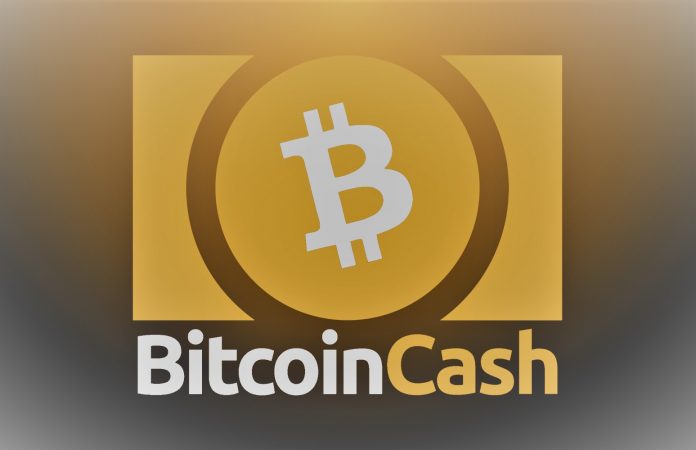
On 18 August 2008, the domain name “bitcoin.org” was registered. Then, in November of that year, someone named Satoshi Nakamoto posted a paper titled Bitcoin: A Peer-to-Peer Electronic Cash System. In January 2009, the bitcoin network came into existence after Satoshi Nakamoto mined the first ever block on the chain, known as the genesis block.
The wild part of this story is nobody knows who Satoshi Nakamoto is. There is speculation as to his real identity, but it is a mystery to this day. We do know that he, she, it or they are sitting on a very large quantity of Bitcoin and is easily a billionaire many times over. What’s important here is that the initial open source code of Bitcoin had one unforeseen flaw. That was scalability.
Transactions are made and these transactions are verified by people with very powerful computers called miners. Miners get rewarded for solving the mathematical equation on the blockchain, verifying the transactions. The first one to solve the transaction gets the reward.
This is oversimplifying the process. However, what has happened is that as more people use the Bitcoin Blockchain, it has slowed down considerably. A simple transaction that should take ten minutes can take several hours getting the backlog of transactions that need to be verified.
Some members of the Bitcoin community, particularly Bitcoin miners, felt this was a real issue because there was a giant bottleneck within the Bitcoin blockchain. And because of the way the Blockchain ledger was set up, there was no possibility to increase the size of the block size limit (thereby putting more transactions on each confirmed block). Other Altcoins were introduced with the goal of rewriting the code to improve these issues. But some in the bitcoin community wanted to stay true to Bitcoin, and just solve the issues the original blockchain had.
On July 20, 2017, Bitcoin Improvement Proposal Segregated Witness, or SegWit was activated. The purpose was to solve malleability. It was also intended to mitigate a blockchain size limitation problem that reduces Bitcoin transaction speed.
Thus, Bitcoin Cash was created as transactions started to occur within this new system. This is what was known as a Hard Fork. Essentially creating a new currency that was supposed to be labeled as a “new and improved Bitcoin”. The Bitcoin Cash blockchain decided they were going to tackle scalability by increasing the block size. While this is a good temporary fix, as it alleviates the backlog of transactions, critics say that it will come to a point where increasing the block size any further will create data packages that are too big to “work” efficiently on the worldwide network of computers that secure the network.
There’s no doubt that the hard fork was temporarily beneficial for miners because suddenly Bitcoin Cash was 30% more profitable to mine than the BTC chain. It has since become one of the highest valued Altcoins (mainly because there were already so many BTC holders at the time fo the fork) out there, but the longevity of it, as with all cryptocurrencies remains to be seen.
You can buy Bitcoin Cash at Coinbase here. You will receive $10 of free Bitcoin after your first $100 purchase or sale by using that link.









